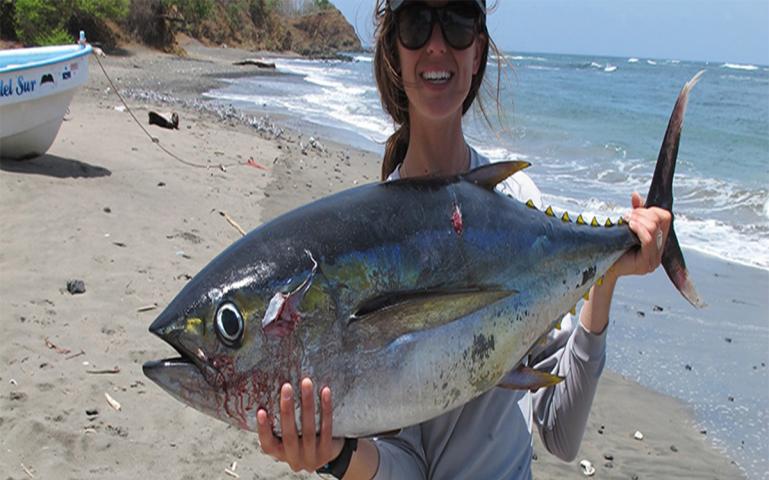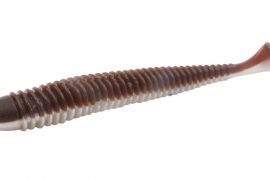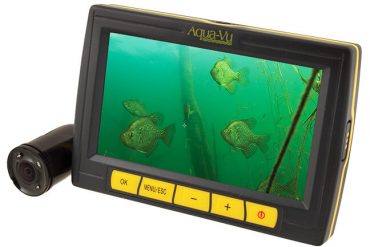
People are eating more seafood these days, especially in North America—adding a pound per person in 2015 alone. Upticks in fish consumption are often spurred by studies about how a diet full of fish and shellfish is typically healthier. But those recommendations skirt some thornier issues, like the sustainability of fishing and the environmental costs of fish farming. Then there is the issue of contamination. A new study looked at the persistent organic pollutants (POPs) in yellowfin tuna worldwide, and the results are not appetizing: Chemicals in tuna are widespread, according to the report.
To conduct the study, now published in Environmental Health Perspectives, marine biologist Lindsay Bonito from the Scripps Institution of Oceanography at the University of California, San Diego, gathered yellowfin samples from around the world, collecting many herself. “The way we received samples was varied. I went to Panama for a week to fish on a small panga. In Vietnam, I gathered samples from a processing plant. In Tonga, the fish came from small commercial longlining vessels. Each place was different,” she says.
But what was consistent was the fish. Bonito took the samples from the same spot on the fish—the white muscle tissue near the dorsal end—on 117 different tuna from 12 locations. Each fish was roughly 100 centimeters long and one to two years old, the most common size consumed by people. She and her team then had the samples processed at an outside lab that looked for 247 different persistent organic pollutants in the tissue.
The team analyzed the data, creating a snapshot of which and how many POPs were present in the fish. They found that some tuna caught in industrialized areas of the North Atlantic and North Pacific had 36 times…





